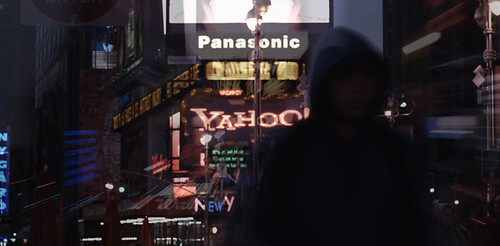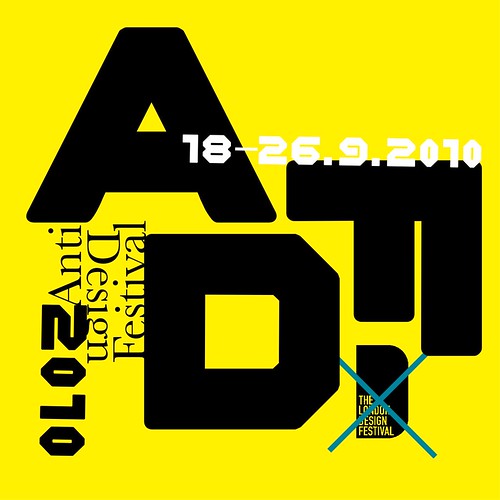[Video - Coalition of Resistance conference | School Student | 27 Nov 2010 by adycousins on YouTube]
15 year old student Barnaby speaking of his experience in the Whitehall kettle at the Coalition of Resistance conference last Saturday.
Toward a Critical Urbanism: Negotiating the Urban Imaginary and Opening Critical Space
Article 12 presents an urgent and incisive deconstruction of the current state of privacy, the rights and desires of individuals and governments, and the increasing use of surveillance.
The film adopts the twelfth article of the Universal Declaration of Human Rights to chart privacy issues worldwide, arguing that without this right no other human right can truly be exercised. It assembles leading academics and cultural analysts including Noam Chomsky, AC Grayling and Amy Goodman to highlight the devastating potency of surveillance, the dangers of complicity, and the growing movement fighting for this crucial right.
Article 12 provides a powerful wake-up call as we sleepwalk into a worldwide surveillance society.

I grew up in the London of the 80s and 90s and it's still my home. I've always been drawn to the excitement of its post-war landscape; concrete and brick textures, unadorned clean lines, neon glow and dark shadows. And most Londoners my age that I know feel the same - the modernist city is our landscape. Yet all our lives we have been told that the same urban spaces are ugly – symbols of a failed, arrogant technocracy. While we're comfortable celebrating 60s pop culture, many people still hate the buildings of that time.Worryingly, while I had once thought that popular taste would catch up with the urban building of the 50s, 60s and 70s, it's now under attack. Major symbols of that time are being destroyed - often with gruesome delight on the part of the wreckers. We urgently need to defend what is left before it is all gone.So this film is an attempt to understand both why I am so drawn to these cityscapes and also why some hate them so much.
I began to contact the people who tried to change the city, and my narrative thread continued to shift around as the filming went on. And what I found was that the power of the buildings came from the vision they were meant to serve - and that it's this vision that so polarises opinion. They symbolise an attempt to build a fair, open society, and their existence frightens people who have rejected these values.
This passage is quoted from the full article that featured in a recent post on Lee Jackson's excellent blog The Cat's Meat Shop. Those with a taste for further Victorian delights are strongly encouraged to try Lee's full online archive The Victorian Dictionary.See! like a vision of magic, its striking foreground and magnificent park come into view; whilst, beyond them the Palace rises, wondrous in extent, yet so light and aerial in aspect, as almost to defy belief that it is a thing of solid substance.What an enchanting scene here meets the eye! A seemingly interminable vista opens, presenting innumerable gaily-dressed groups of visitors, promenading through lines of luxuriant foliage, intermingled with statuary, from behind which arise ranges of elaborately ornamented facades, and lofty, slender, parti-coloured columns, festooned and enwreathed with graceful climbing plants, springing from the ground, and shooting out from suspended baskets, lustrous with blossoms of every hue; while, high overarching all, is a crystal canopy, stained, as it were, with the mellow blue of the heavens, or sparkling with myriads of sunlight reflections. In the foreground, covered with white and purple and crimson water-lilies, is a sheet of water, from the midst of which springs the world- renowned crystal fountain, glittering with prismatic colours.

The Government says if you're going to do anything – whether it's science or art – make sure you're making money from it.The Anti Design manifesto produced to accompany the event can be read here (with difficulty) or downloaded as a more palatable pdf.
What we're saying is that experimentation isn't there to make money; money is there to fund experimentation.